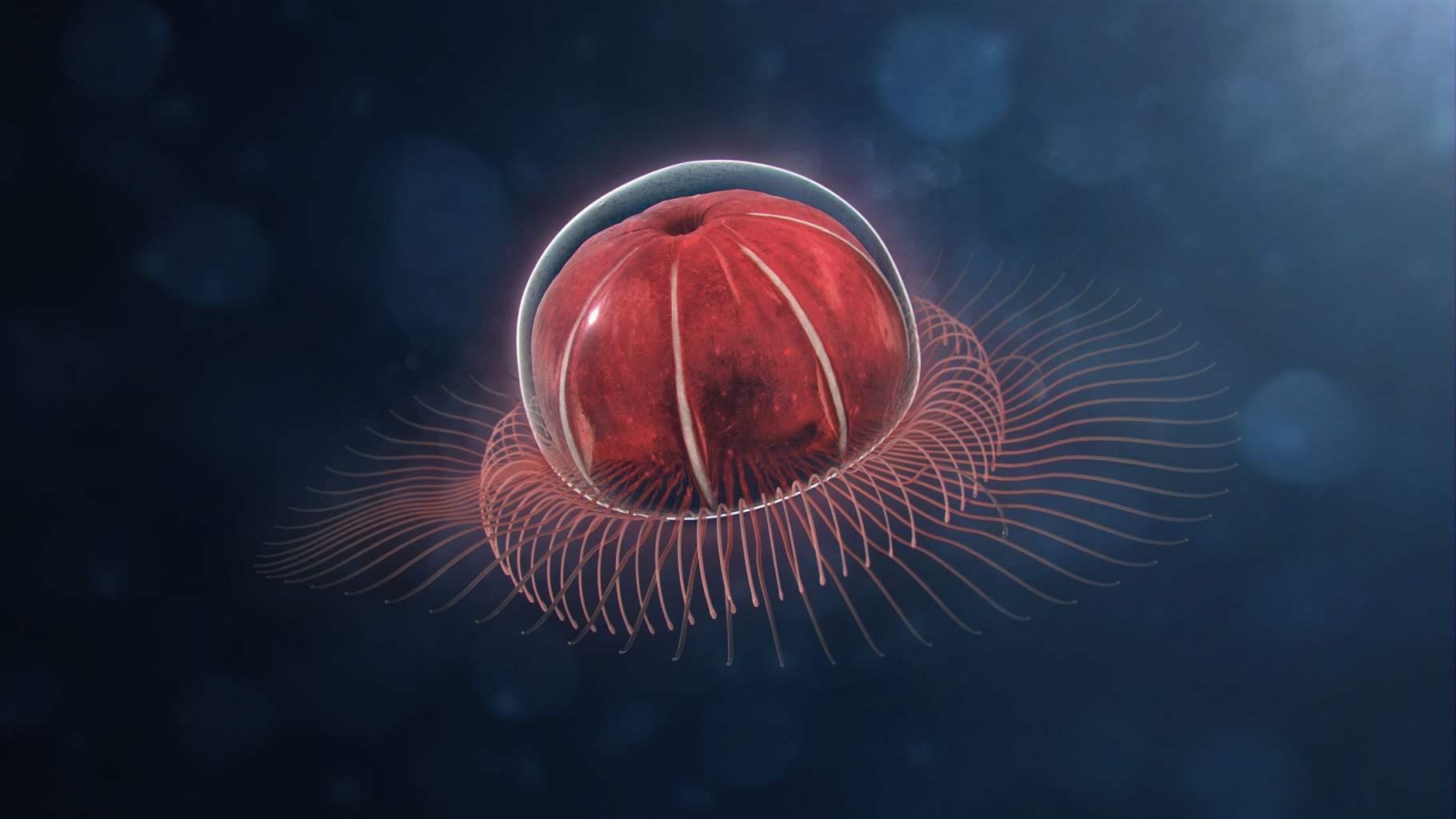Seabed Authority Shouldn’t Rush Decision on Deep-Ocean Mining
With deadline for setting rules approaching, regulators still need more science to make informed decisions

The deep sea is home to ecosystems found nowhere else that provide habitat to a multitude of species—including, scientists say, many that haven’t yet been discovered. In fact, recent research found that it could take decades for experts to catalogue and understand all the marine life on the deep ocean floor and the role it plays in ocean and global ecosystems.
This strongly suggests that even experts lack the knowledge that is needed to determine how damaging seabed mining would be to the environment or the implications of that mining for the health of the broader ocean.
So it is worrisome that a small handful of countries and private companies have called on the International Seabed Authority (ISA)—the intergovernmental organization established under the United Nations Convention on the Law of the Sea (UNCLOS) to regulate all mineral activities in the international seabed—to accelerate opening the ocean floor to commercial-scale mining.
In 2021, the Republic of Nauru invoked a provision of UNCLOS that gave the ISA two years to either complete the development of the regulations to enable large-scale mining or consider mining proposals without internationally agreed regulations in place. In response to this move—triggering what is known as “the two-year rule”—the ISA Council, which typically meets twice per year, has scheduled several weeks of additional meetings this year for its member countries to try to adopt the regulations during this two-year period.
To make progress on the regulations, ISA member countries established three working groups to focus on specific matters within the regulations: the protection of the marine environment from mining impacts; compliance and enforcement of mining rules, once they’re established; and institutional structures within the ISA, such as mechanisms for evaluating mining applications and methodology for integrating the advice of outside experts, needed to regulate the industry.
The working group on the marine environment took up the majority of the agenda of the ISA’s March Council meeting. Key issues under negotiation included a requirement for regional environmental management plans (REMPs), environmental monitoring, environmental impact assessments, and liability and environmental compensation funds, as well as evaluation of applications from mining companies against as-yet-undeveloped environmental criteria and objectives.
Countries reiterated their near unanimous support for making REMPs, which regulate activities on a particular expanse of the seabed, a precondition for issuing mining contracts in the relevant region. However, discussions on the text of the draft regulations did not progress any further in the absence of specific details on a standardized process for REMP development.
Similarly, negotiations on the content of environmental impact statements, details and frequencies of monitoring plans, and incidents that might be covered by compensation funds all proceeded on a high level and without substantive detail. Council members also had cursory discussions about adequate compliance mechanisms and the need for the ISA to develop institutional capacity to fulfil its role as a regulator of industry.
The lack of detail is symptomatic of the broader deficiency of information and knowledge needed to adequately govern and regulate deep-sea mining.
And it is deeply concerning that a third of the way into ISA’s scheduled meetings this year, and with 14 months until the deadline triggered by Nauru, the Council has yet to resolve even some of the most foundational aspects of the creation of these regulations.
In discussing the implications of the two-year rule deadline in December 2021, member States also agreed to discuss contingency plans after each Council session, should it become clear that the 2023 timeline does not seem likely or feasible. Following the March meeting, it is clear that the ISA still has much work to do and has yet to reach consensus on most issues.
In the upcoming meetings, The Pew Charitable Trusts hopes the ISA and its member States have a clear-eyed discussion and put a sensible timeline in place. Mining should not occur unless subject to adequate regulations, founded on robust scientific data, to ensure the effective protection of the marine environment, however long that may take to achieve.
Anindita Chakraborty works on The Pew Charitable Trusts’ seabed mining project.











